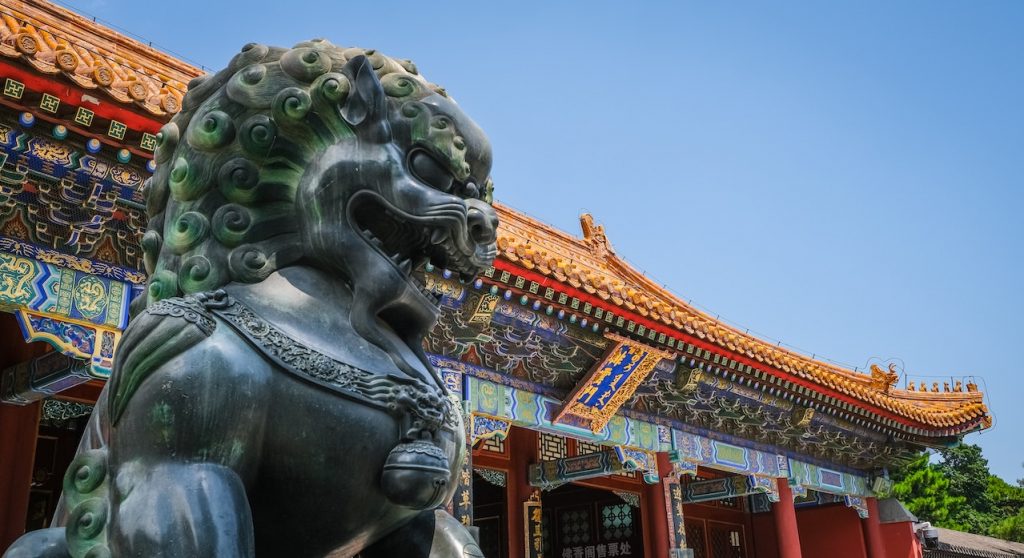This festival causes major disruptions in shipping and demand saturation in the weeks around it.
2022 was a challenging year for the global supply chain, with COVID-19 outbreaks in strategic locations and shortages of essential raw materials in many countries caused by war in Ukraine. A new year arrived just weeks ago, but some issues are here to stay. And now a new source of disruption joins the military, economic, and sanitary headaches: the Chinese New Year. For a real-world case study on how citywide COVID policies affected air and ocean capacity, see our analysis of the Shanghai lockdown.
The Chinese New Year, also known as the Spring Festival, is the festival that celebrates the beginning of a new year on the traditional lunisolar Chinese calendar. Its first day starts with the new moon that appears between January 21st and February 20th.
A longtime cornerstone of Chinese culture, the Spring Festival is a major shipment disruptor. Most factories in China shut down production, directly impacting planning for many logistics companies and businesses that depend on specific raw materials.
The Chinese New Year and Its Impact on Logistics
Aerodoc COO Dan Zonnenschein explains that Chinese New Year is a very special time of the year. “Companies need to get as many products as possible from factories and forwarders the week before the festival. Manufacturing and shipments shut down for at least two weeks, sometimes even three.”
This year has the added concern of COVID-19. Under China’s zero-COVID policy, lockdowns remained in place in certain strategic locations, another obstacle for production during 2022. Zonnenschein believes that the combination between the Chinese New Year and COVID could further complicate the outlook for logistics.
“Many Chinese urban dwellers travel to the mainland, where healthcare infrastructure is much less sophisticated than in urban areas. This could have a negative impact regarding COVID-19” (Dan Zonnenschein, COO at Aerodoc)
On the other hand, factories will resume manufacturing only gradually. “It could take up to a week for factories to return to their production levels before the festival once employees return to work,” the COO adds, with a warning: “Companies must try to sit through the 30-40 days before and after the Chinese New Year and stock up well.”
The festival also has an impact on other Southern Asian nations, further complicating shipping throughout the region. Many companies plan their shipments ahead of the shutdown, leading to supply chain saturation.

China’s Role in the Global Economy
China posted a record trade surplus in 2022 thanks to its exports, which grew impressively for most of last year. According to data from the General Administration of Customs, the total trade of goods reached $6.3 trillion, up 7.7% from 2021.
Chinese exports increased 7% in US dollars in 2022, while imports grew 1.1%, resulting in an $877.6 billion surplus, also up from the 676-billion surplus in 2021. According to the latest data published by Statista, China is the world’s largest manufacturer and exporter, ahead of the USA and Germany.




